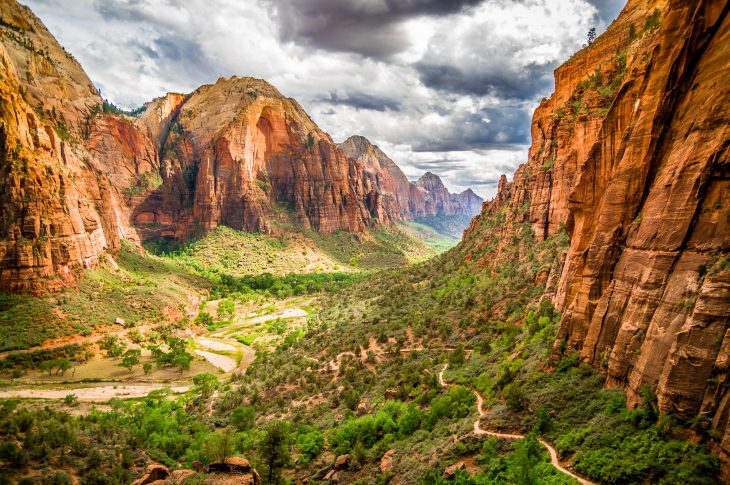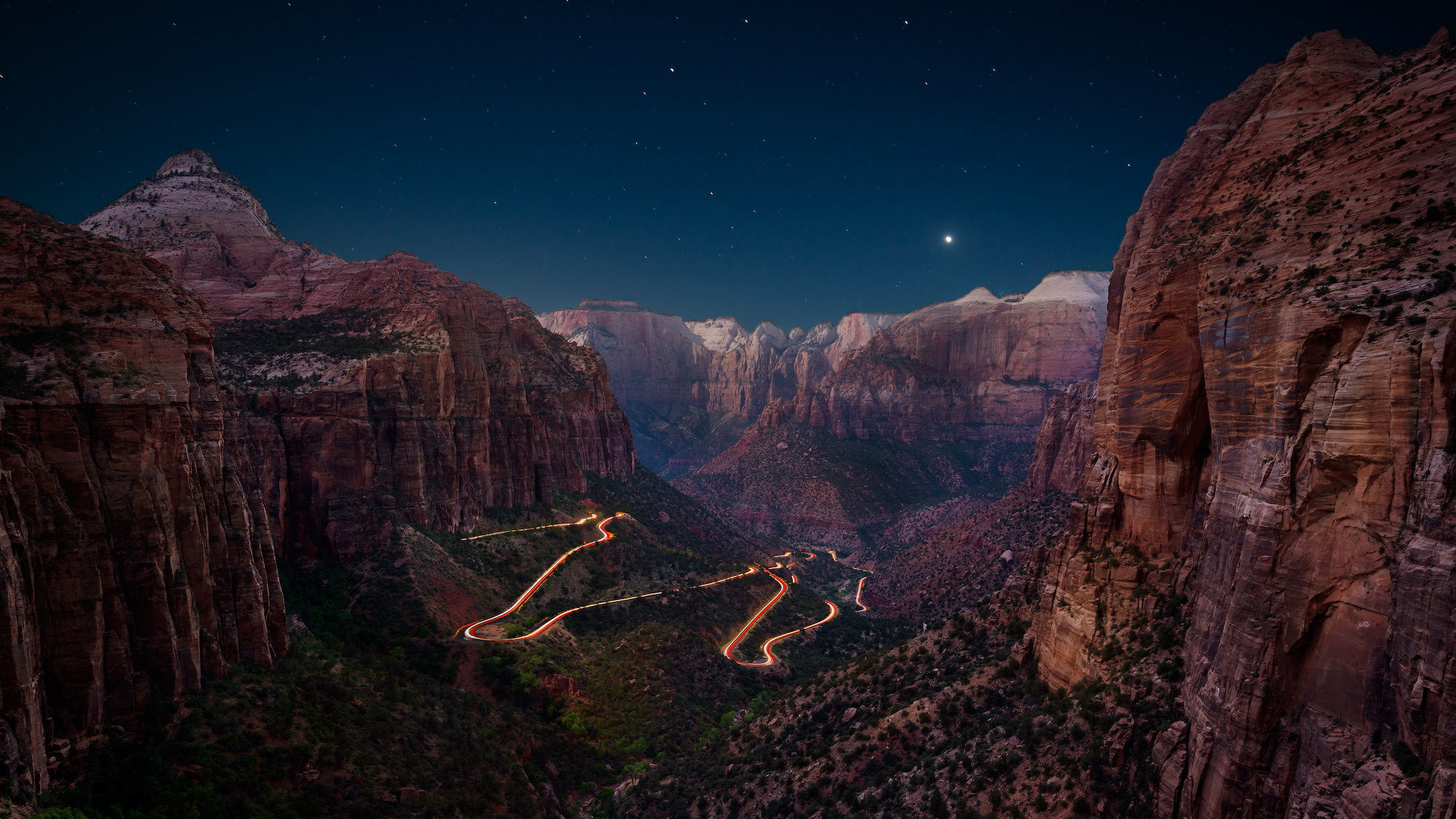
Visiting Zion National Park in Utah is like stepping into another world. From its soaring red cliffs, lush vegetation, and incredible canyons to its miles of trails with breathtaking views, there’s no denying that this place is a true natural gem. But behind all the beauty lies some fascinating facts about the park’s history and geography that make it even more special. If you’re looking for an amazing outdoor adventure, read on to learn 11 Zion National Park facts so you can get the most out of your visit!
Zion National Park is over a century old.
Established on November 19, 1919, Zion National Park has a history that extends far beyond its official designation. This means that the park has been a protected area for over 100 years! Its rich history and timeless beauty are part of what makes it such a fascinating destination.
The name ‘Zion’ has biblical origins.
The name ‘Zion’ was given by Mormon pioneers who settled in the area in the 1860s. They named it after ‘Zion’, a term mentioned in the Bible, which means ‘place of peace and refuge’. This name perfectly encapsulates the serene and tranquil atmosphere of the park.
Zion National Park is home to a unique ecosystem.
Zion National Park boasts an impressive variety of plant and animal species, creating a vibrant ecosystem. It’s home to over 900 different species of plants, ranging from towering ponderosa pines to delicate desert wildflowers. The park also houses over 290 species of birds, 75 mammals, and 32 reptiles, making it a haven for wildlife enthusiasts.
It is a geologist’s paradise.
The park features nine known geologic formations that span over 150 million years of Earth’s history. These formations, stacked one over the other, represent different periods and environments that have occurred over time. The most notable of these formations is the Navajo Sandstone, the predominant rock layer responsible for creating the park’s renowned cliffs and canyons.
The park houses the world’s largest arch.
Kolob Arch, located in the Kolob Canyons district of the park, is one of the world’s largest freestanding natural arches. With a span of approximately 287.4 feet, it’s a sight that leaves visitors in awe.

The Virgin River carved Zion.
The park’s landscape is a testament to the power of water, ice, and wind over time. The Virgin River, which flows through the park, has been the primary agent of erosion that has carved and shaped Zion’s iconic cliffs and canyons over millions of years.
It is known for its unique hiking trails.
Zion National Park offers some of the most unique and challenging hikes in the country. Trails like The Narrows, where you wade through the Virgin River, and Angels Landing, known for its sheer cliffs and stunning views, offer unparalleled experiences for adventure seekers.
The park is popular among rock climbers.
The park’s massive sandstone cliffs, some as high as 2,000 feet, attract rock climbers from around the world. However, due to the fragile nature of the sandstone, there are strict regulations and seasonal restrictions to protect the natural resources.
Wildlife is abundant.
From mule deer and wild turkeys to endangered species like the California condor, Zion National Park is teeming with wildlife. Visitors can often spot these creatures along the park’s trails and in the campgrounds.
The park has an extensive human history.
Long before it became a national park, Zion was home to several Native American cultures. Artifacts dating back nearly 10,000 years have been found within the park, signifying a long human presence in the area. The park also preserves numerous buildings and structures from the pioneer era, adding another layer to its historical significance.

Zion National Park is a dark sky park.
Despite being a popular tourist destination, Zion National Park has managed to maintain its dark skies, making it an excellent place for stargazing. The park’s remote location and commitment to reducing light pollution allow visitors to enjoy a clear view of the night sky, often revealing the Milky Way in all its glory.
Conclusion
Zion National Park in Utah is a truly magical place – from its stunning heights to its captivating facts and history. Whether you’re an avid hiker, explorer, or nature observer, a trip to Zion Nation Park should be high on your list of must-sees. Plus, with the tips and facts we’ve provided you won’t miss out on any of the incredible things this breathtaking park has to offer. So grab your gear and get ready for one amazing outdoor adventure—you’re sure to come away with plenty of stories and memories that will last a lifetime!
Was this page helpful?
Our commitment to delivering trustworthy and engaging content is at the heart of what we do. Each fact on our site is contributed by real users like you, bringing a wealth of diverse insights and information. To ensure the highest standards of accuracy and reliability, our dedicated editors meticulously review each submission. This process guarantees that the facts we share are not only fascinating but also credible. Trust in our commitment to quality and authenticity as you explore and learn with us.


